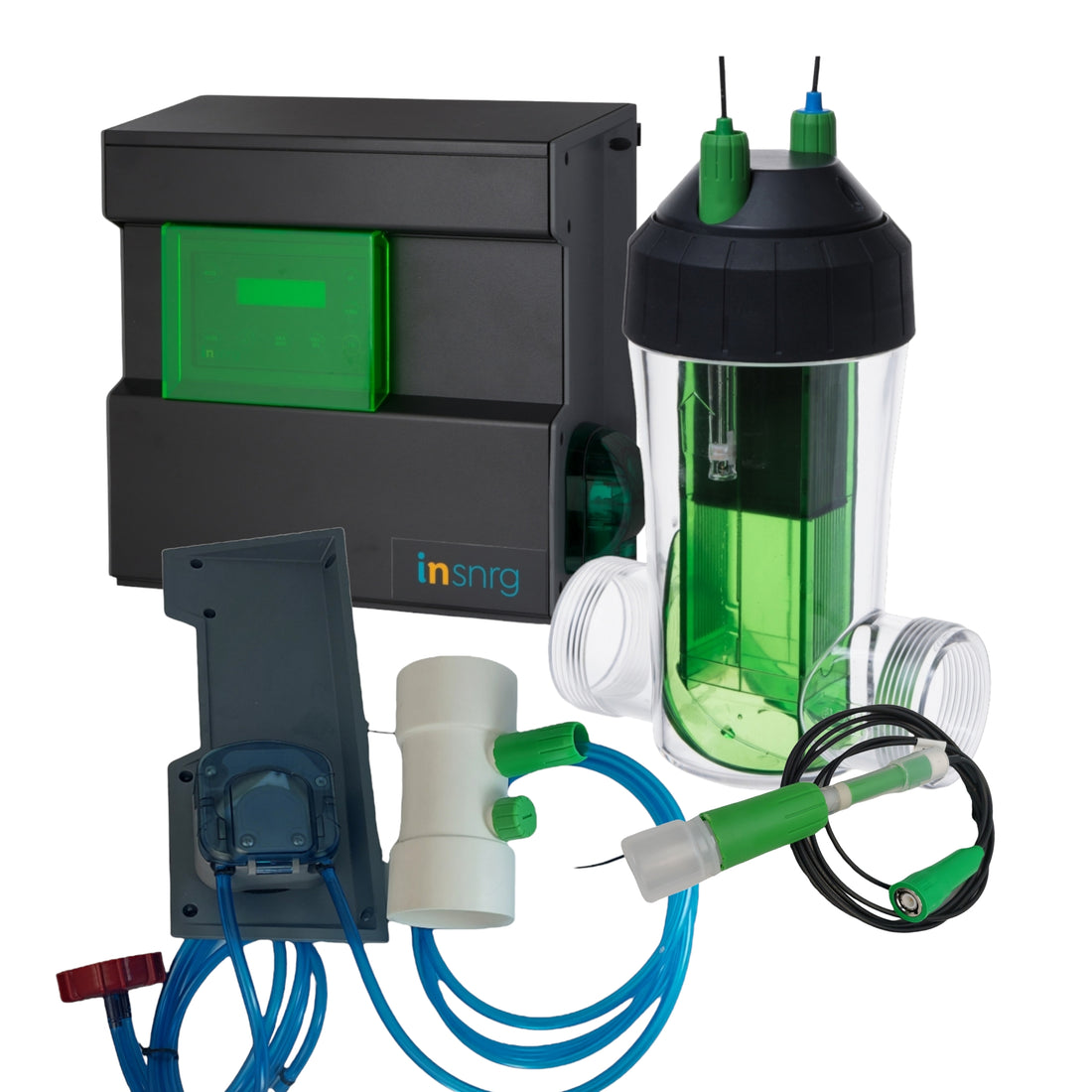Swimming pools are a great way to enjoy the summer months and get some exercise. However, it is important to maintain proper water chemistry in the pool to ensure that the water is safe and clean for swimmers. One of the key factors in maintaining proper water chemistry is the pH level, which can have a significant impact on the effectiveness of chlorine in keeping the water sanitized. In this article, we will explore the relationship between pH levels and chlorine effectiveness in swimming pools.
What is pH and why is it important?
pH is a measure of the acidity or alkalinity of a solution, with a range of 0 to 14. A pH of 7 is considered neutral, while a pH below 7 is acidic and a pH above 7 is alkaline. In swimming pools, the ideal pH range is between 7.2 and 7.8. Maintaining this range is important for several reasons:
Comfort: Water that is too acidic or too alkaline can cause skin and eye irritation, making it uncomfortable for swimmers.
Sanitization: Maintaining the proper pH range is essential for chlorine to effectively kill bacteria and other contaminants in the water.
Equipment: Water that is too acidic or too alkaline can damage pool equipment, such as pumps, filters, and heaters.
The Relationship between pH and Chlorine Effectiveness
Chlorine is the most common sanitizer used in swimming pools. When added to water, it reacts with contaminants to form hypochlorous acid (HOCl) and hypochlorite ions (OCl-), collectively known as free available chlorine (FAC). HOCl is the more effective sanitizer of the two, as it is able to penetrate the cell walls of bacteria and viruses and destroy them. OCl-, on the other hand, is less effective and can be easily consumed by contaminants in the water.
The effectiveness of chlorine in sanitizing the pool water is highly dependent on the pH level. When the pH is too high (above 7.8), the chlorine becomes less effective, as it primarily exists in the form of OCl-. This means that it is more easily consumed by contaminants in the water, and less of it is available to sanitize the water. In fact a pH level of 8.0 has reduced chlorines effectiveness to only about 20%, making incredibly ineffective as a sanitiser at high pH levels.
Conversely, when the pH is too low (below 7.2), the chlorine becomes more effective, but at a cost. At low pH levels, the HOCl forms more readily, which makes it a more effective sanitizer. However, the low pH can cause skin and eye irritation for swimmers, and can also damage pool equipment over time.
The ideal pH range for swimming pools (7.2-7.8) ensures that the chlorine is in its most effective state, with a balance between HOCl and OCl-. This allows for effective sanitization of the water, while also maintaining a comfortable environment for swimmers and minimizing damage to pool equipment.
Maintaining the Proper pH Range
Maintaining the proper pH range in a swimming pool requires regular testing and adjustments. pH testing kits are widely available and easy to use. If the pH level is too high, an acid such as muriatic acid can be added to lower it. If the pH level is too low, an alkaline substance such as sodium bicarbonate can be added to raise it.
It is important to note that chlorine levels can also have an impact on pH, as chlorine itself is slightly acidic. As such, it is important to regularly test and adjust both pH and chlorine levels to maintain proper water chemistry in the pool.

